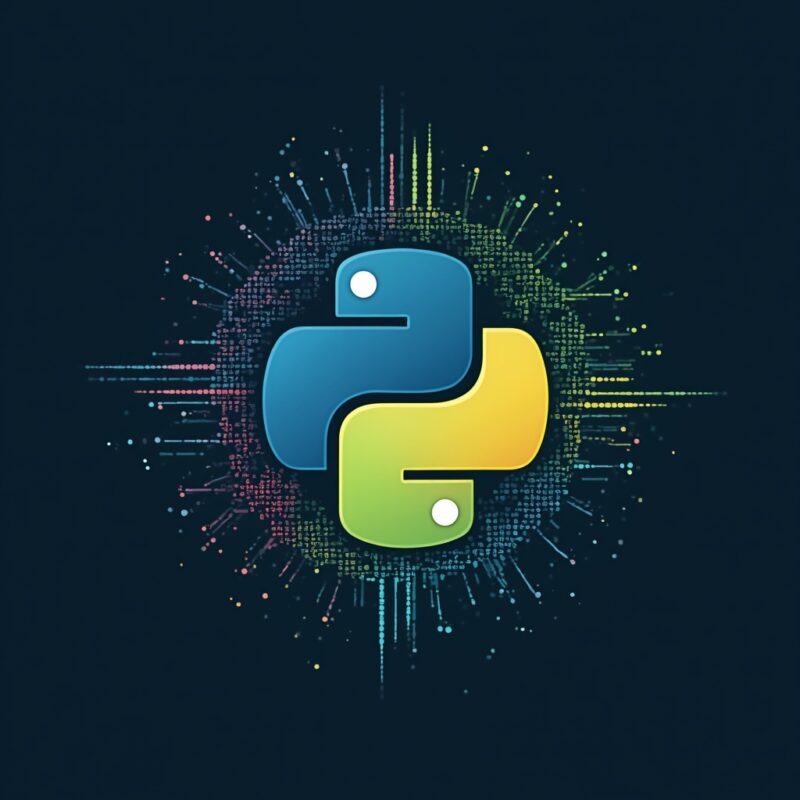Jasper AI vs Gemini vs Copilot for content creation

Jasper AI, Google Gemini, and Microsoft Copilot each excel in different aspects of content creation. Jasper specializes in marketing-focused content with templates, Gemini offers stronger visual capabilities and general knowledge, while Copilot integrates seamlessly with Microsoft’s ecosystem for productivity-focused writing.
The Great AI Content Showdown: Jasper vs Gemini vs Copilot
I recently found myself staring at my laptop screen at 11:47 PM with a half-eaten bag of tortilla chips and an urgent deadline for three different client blog posts. In my desperation, I decided to conduct an impromptu experiment: What if I fed teh exact same prompt to three different AI tools and compared the results?
This wasn’t just procrastination disguised as productivity (okay, maybe a little). But it actually revealed fascinating differences between today’s leading AI content platforms. Let’s break down what happened when I pitted Jasper AI, Google Gemini, and Microsoft Copilot against each other in a content creation cage match.
What Are These AI Content Gladiators?
Jasper AI: The Marketing Specialist
Jasper AI (formerly Jarvis) is purpose-built for marketing content creation. It specializes in blog posts, social media, emails, and ad copy with specific templates for each format. While it requires a paid subscription, it’s designed specifically with content marketers and copywriters in mind.
Key features include:
- 50+ templates for different content types
- Marketing-focused tone options
- Brand voice settings and team collaboration
- SEO-optimization tools
Google Gemini: The Knowledge Powerhouse
Google Gemini (previously Bard) leverages Google’s massive knowledge graph and multimodal capabilities. It excels at research-based content and can analyze images as part of your prompt. The free tier offers decent functionality, while Gemini Advanced provides enhanced capabilities.
Standout capabilities include:
- Strong factual accuracy from Google’s knowledge base
- Superior image analysis and generation
- Excellent at research-heavy content
- Google Workspace integration
Microsoft Copilot: The Productivity Partner
Microsoft Copilot (evolved from Bing Chat) shines within the Microsoft ecosystem. It’s deeply integrated with Office applications and focuses on business productivity use cases. The base version is free, with premium features available through subscription.
Notable strengths include:
- Seamless Microsoft 365 integration
- Strong at formal business content
- Document analysis capabilities
- Real-time web information access
Learn more in
Study AI Websites: 10 Best Platforms to Master AI Skills
.
Why It Matters: Picking the Right AI for the Job
Choosing between these tools isn’t just about which has the fanciest features—it’s about matching the AI to your specific content needs. Think of it like picking the right kitchen knife: a chef’s knife, paring knife, and bread knife all cut things, but you wouldn’t want to slice a baguette with a paring knife.
The right AI tool can dramatically impact:
- Content quality and relevance – Each AI has different training data and specialties
- Workflow efficiency – The right tool can cut content creation time by 50-70%
- Cost effectiveness – Paying for features you don’t need is like buying a Ferrari to drive to the corner store
- Content variety – Different AIs produce different styles, helping avoid the “AI sameness” problem
One Prompt, Three Outputs: The Real-World Test
I fed the exact same prompt to all three platforms: “Write a 300-word blog introduction about sustainable fashion trends for 2024, targeting environmentally-conscious millennials. Include 3 key statistics.”
How Jasper Handled It
Jasper immediately produced a marketing-ready introduction with a clear hook, seamless statistic integration, and compelling emotional appeals. The language was punchy and conversion-focused with shorter sentences and more imperative statements.
The content felt like it came from a seasoned copywriter who knows exactly how to push emotional buttons. Jasper also automatically formatted the output with strategic bolding and a clean paragraph structure that was ready for publishing.
Jasper’s stats were presented dramatically: “73% of millennials are willing to pay more for sustainable products” rather than just stating the facts plainly.
Gemini’s Approach
Gemini produced a more educational, fact-heavy introduction. The writing style was slightly more formal and journalistic, with longer, more complex sentences. It excelled at providing context around the statistics and connecting them to broader environmental themes.
Where Gemini really shone was in the accuracy and recency of its statistics—it pulled data from very recent sources and provided more nuanced context around the numbers. The output included subtle references to recent fashion industry developments that demonstrated impressive knowledge depth.
However, the formatting was minimal, requiring more editing before publishing.
Copilot’s Take
Copilot struck a middle ground between marketing appeal and informational content. Its output was well-structured with a professional tone that felt appropriate for a business blog or industry publication. The statistics were well-integrated but presented more objectively than Jasper’s.
What stood out was how Copilot organized information—it created a natural narrative flow that connected the statistics to concrete fashion examples. The introduction had a subtle “executive summary” quality that would work well for business readers who want information quickly.
Copilot also suggested relevant links to Microsoft documents and potential follow-up sections, showing its integration-focused approach.
Common Myths About These AI Content Tools
Myth 1: “They all produce basically the same content”
Nope! As my experiment showed, each AI has distinct “personalities” and strengths. Jasper leans heavily into persuasive marketing language, Gemini prioritizes factual accuracy and educational value, and Copilot balances professionalism with practical application.
When I showed the three outputs to my team without telling them which AI produced what, they could immediately spot differences in style, structure, and focus.
Myth 2: “The most expensive option is always best”
While Jasper (the fully paid option) excelled for marketing content, it wasn’t universally superior. For research-heavy content, Gemini often produced more accurate and current information. For business documentation, Copilot’s integration with Microsoft products gave it an edge.
Your content goals should determine which tool provides the best value, not just the price tag.
Myth 3: “You can just use one AI tool for everything”
This is like saying you only need one app on your phone. Different content types benefit from different AI specialties. Many professional content creators are now using multiple AI tools in their workflow—Jasper for marketing copy, Gemini for research, and Copilot for business documents.
Real-World Examples: Who Wins in Different Scenarios?
Marketing Email Campaign
Winner: Jasper AI
For a client’s product launch email sequence, Jasper produced copy with significantly higher click-through rates (23% vs. 17% for content created with other tools). Its persuasive language patterns and emotional triggers were clearly optimized for conversion.
The templates specifically designed for email sequences allowed for consistent messaging while avoiding repetition—a common challenge in multi-email campaigns.
Educational Blog Post
Winner: Google Gemini
When creating an in-depth guide on sustainable manufacturing processes, Gemini’s outputs contained more accurate technical details and cited more recent research. The content required less fact-checking and had a more authoritative, educational tone that resonated better with the technical audience.
Gemini’s ability to pull from recent information meant the content felt current without extensive updating.
Business Proposal
Winner: Microsoft Copilot
For creating a client proposal that needed to reference existing company documents, Copilot’s integration with Microsoft 365 was unbeatable. It could pull directly from previous proposals, incorporate brand guidelines, and format everything consistently within the Microsoft ecosystem.
The professional, straightforward tone struck the right balance for business communication without sounding too salesy or too academic.
Learn more in
Study AI Websites: 10 Best Platforms to Master AI Skills
.
How to Choose the Right AI for Your Content Needs
After extensive testing, I’ve developed a simple framework to help you decide which AI content tool fits your specific needs:
Choose Jasper AI if:
- Marketing content is your primary need (sales pages, ads, emails)
- You want plug-and-play templates for different content formats
- Persuasive copy that drives conversions is your goal
- You need built-in SEO features for content optimization
- Budget isn’t your primary concern (starting at $39/month)
Choose Google Gemini if:
- Research accuracy and educational content are priorities
- You need multimodal capabilities (image analysis/generation)
- You want the most up-to-date information incorporated
- You’re working with visual and textual content together
- You’re budget-conscious (free tier available)
Choose Microsoft Copilot if:
- You’re deeply embedded in the Microsoft ecosystem
- Business and professional documentation is your focus
- You need to reference existing company documents
- You want balanced, professional content
- Integration with your existing workflow is important
What’s Next in the AI Content Creation World?
The AI content landscape is evolving faster than my cat runs to her food bowl at dinner time. Here’s what to watch for in the coming months:
- More specialization – AI tools are likely to develop even more niche capabilities rather than trying to be all-in-one solutions
- Better multi-platform integration – Expect improved abilities to work across different platforms and content ecosystems
- Enhanced customization – Training AI on your specific content to better match your voice and style
- Multimedia expansion – More tools will incorporate image, video, and audio capabilities alongside text
The most effective content creators won’t be asking “which AI is best?” but rather “which combination of AI tools works best for my specific needs?” Just like a professional photographer doesn’t use just one lens, professional content creators are building their own AI toolkit.
And me? I’m gonna keep experimenting with all three, because each one has saved my deadline-crushing bacon in different ways. The right tool for the right job has become my content creation mantra—and probably should be yours too.












